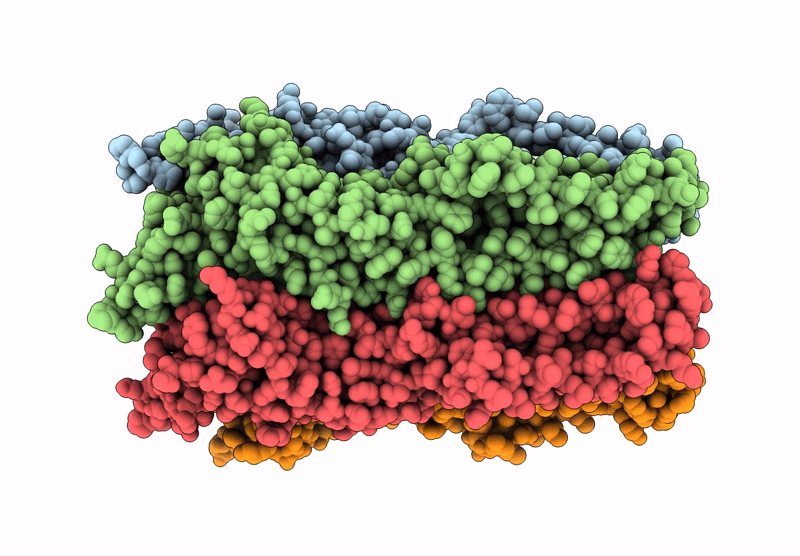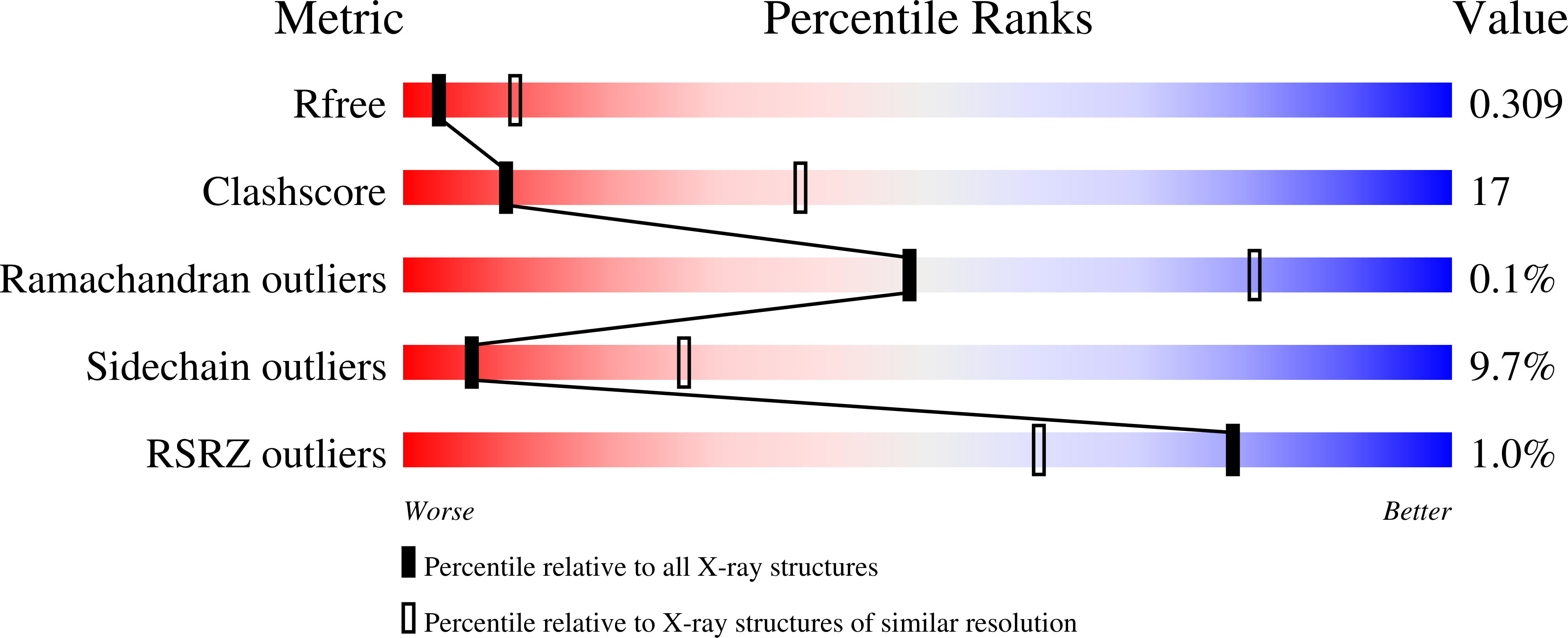Abstact
BACKGROUND AND PURPOSE
Allosteric modulation of pentameric ligand-gated ion channels (pLGICs) are critical for the action of neurotransmitters and many psychoactive drugs. However, details of their modulatory mechanisms remain unclear, especially beyond the orthosteric neurotransmitter-binding sites. The recently reported prokaryotic symbiont of Tevnia jerichonana ligand-gated ion channel (sTeLIC), a pH-gated homologue of eukaryotic receptors in the pLGIC family, is thought to be modulated by aromatic compounds via a relatively uncharacterised modulatory site in the extracellular vestibule.
EXPERIMENTAL APPROACH
We have characterised the effects of psychostimulant derivatives on sTeLIC using two-electrode voltage-clamp electrophysiology in the presence and absence of engineered mutations, and determined X-ray and cryo-EM structures of the channel in both closed and open states.
KEY RESULTS
We have shown that sTeLIC is sensitive to potentiation by several amphiphilic compounds, which preferentially bind to a vestibular pocket in the contracted open-state extracellular domain.
CONCLUSIONS AND IMPLICATIONS
This work provides a detailed structure-function mechanism for allosteric potentiation via a noncanonical ligand site, with potential conservation of the eukaryotic pentameric ligand-gated ion channels.



